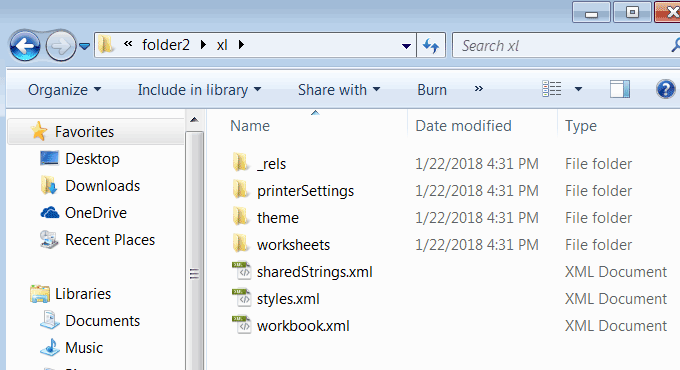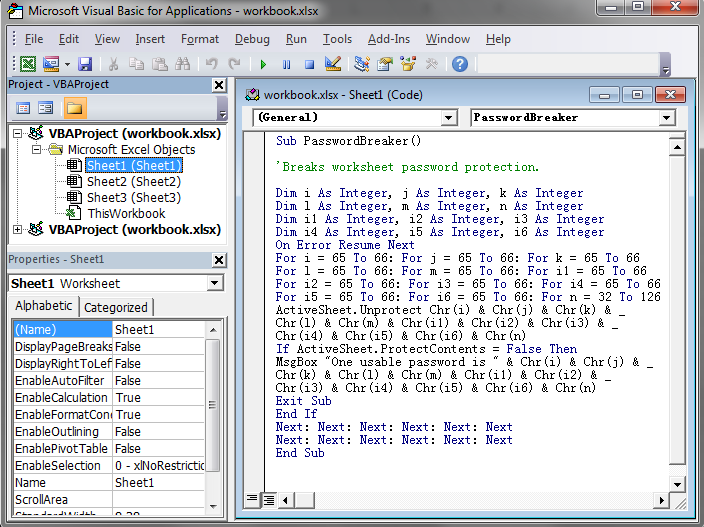5 Ways to Unprotect Excel Sheets Without Password

Ever found yourself in a situation where you need to edit an Excel workbook but it's password-protected? You're not alone. Microsoft Excel is a powerful tool used by millions for various purposes including business analysis, data organization, and more. However, sometimes files can become password-protected either for security or by mistake, leaving users to find a way to unprotect Excel sheets without the password. In this blog post, we'll explore five methods to unlock your Excel sheets when you've lost the password or want to access someone else's sheet with permission.
1. Using VBA Code to Remove Sheet Protection

Visual Basic for Applications (VBA) can be a powerful ally when it comes to unprotecting sheets. Here’s how you can do it:
- Open your Excel workbook and press ALT + F11 to open the VBA editor.
- In the VBA editor, go to Insert > Module to add a new module.
- Paste the following VBA code into the module:
Sub UnprotectSheet()
Dim i As Integer, j As Integer, k As Integer
Dim l As Integer, m As Integer, n As Integer
Dim i1 As Integer, i2 As Integer, i3 As Integer
Dim i4 As Integer, i5 As Integer, i6 As Integer
On Error Resume Next
For i = 65 To 66: For j = 65 To 66: For k = 65 To 66
For l = 32 To 126: For m = 32 To 126: For i1 = 32 To 126
For i2 = 32 To 126: For i3 = 32 To 126: For i4 = 32 To 126
For i5 = 32 To 126: For i6 = 32 To 126: For n = 32 To 126
ActiveSheet.Unprotect Chr(i) & Chr(j) & Chr(k) & _
Chr(l) & Chr(m) & Chr(i1) & Chr(i2) & Chr(i3) & _
Chr(i4) & Chr(i5) & Chr(i6) & Chr(n)
If ActiveSheet.ProtectContents = False Then
MsgBox "Unprotected Successfully"
Exit Sub
End If
Next: Next: Next: Next: Next: Next
Next: Next: Next: Next: Next: Next
Next
End Sub
- Close the VBA editor and run the macro by pressing ALT + F8, selecting 'UnprotectSheet' and clicking 'Run'. The sheet will be unprotected, or you'll be notified if the password is too complex.
📝 Note: Using macros like this can pose security risks if not handled carefully. Always ensure you have the right to alter the file.
2. Online Unprotection Tools

If VBA doesn’t appeal to you or the password is too long, several online tools can help:
- Search for “Excel sheet password remover” or similar terms.
- Upload your Excel file to a trusted site, which will then attempt to remove the password.
- Download the unprotected file back.
Be cautious when using online tools as you'll be uploading sensitive data. Ensure the website is secure and read their privacy policy.
3. Google Sheets Conversion

This method involves converting your Excel file to Google Sheets and back, which often strips away the password:
- Open Google Drive, click ‘New’, then ‘File upload’, and upload your Excel file.
- Open the file in Google Sheets, which will automatically unprotect it.
- Download the file in Excel format and see if the protection remains.
⚠️ Note: Some formatting or functions might not translate perfectly between Excel and Google Sheets.
4. Hex Editor Method

For more technically inclined users, editing the file directly with a hex editor is an option:
- Save your Excel file in .xlsx format and change its extension to .zip.
- Extract the zip file, navigate to the xl/worksheets folder, and open the XML file corresponding to your sheet.
- Search for the text ‘sheetProtection’, remove the whole line containing it, and save the changes.
- Re-zip the folder and rename it back to .xlsx. The sheet should be unprotected now.
This method requires some technical know-how and carries a risk of corrupting the file if not done correctly.
5. Requesting Password Reset or Access

The simplest and most ethical solution:
- If you’ve forgotten the password, contact the person who protected the file or check if the IT department has a password reset tool.
- If it’s not your file, always ask for permission before attempting to unprotect.
🔑 Note: Always respect data privacy and legal rights of the file owners.
After exploring these methods, we understand that unprotecting an Excel sheet can be done in various ways, each with its own risks and considerations. VBA scripts offer an internal solution, online tools provide an external one, while methods like using Google Sheets or Hex editors are more technical. However, remember that ethical practices are key; only attempt to unprotect files you have the right to alter. Keep in mind the potential risks to file integrity or data privacy when employing these techniques.
Is it legal to unprotect an Excel sheet if I have lost the password?

+
Yes, if you are the owner of the file or have permission from the owner. However, ensure you are not infringing on any copyright or intellectual property rights.
Can unprotecting an Excel sheet cause data loss?

+
Using methods like hex editors or online tools can corrupt the file if not done correctly, potentially leading to data loss. Always back up your files before attempting any changes.
Will the above VBA code work on all Excel files?

+
No, this VBA code might not work on very long or complex passwords due to time constraints or because Excel’s security might have improved. It’s generally effective on simpler passwords.



